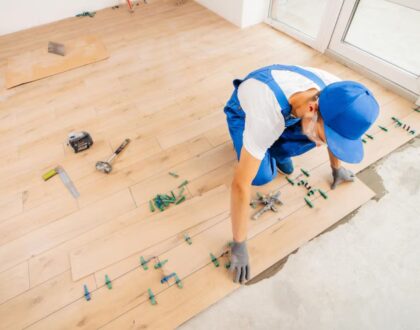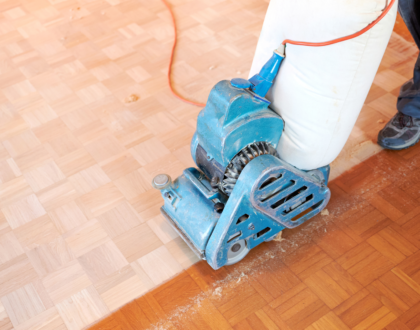What Is The Best Color Wood Floor For Resale?
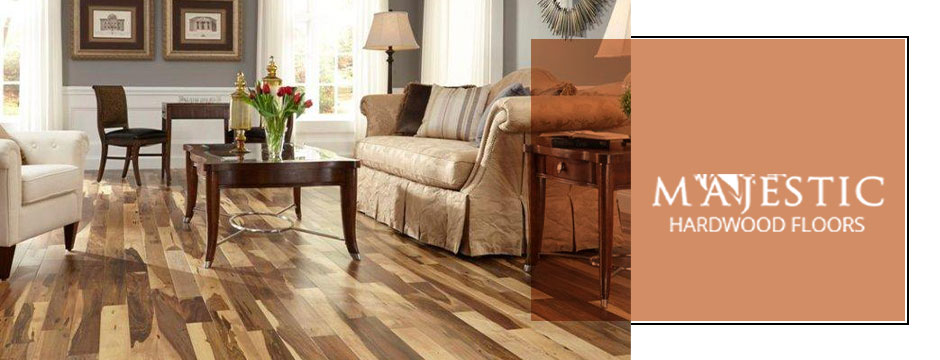
When it comes to selling a home, every detail matters. From the layout of rooms to the color of the walls, potential buyers consider various factors before making a decision. One often overlooked aspect that can significantly impact resale value is the color of the wood floor. In this comprehensive guide, we will explore the best wood floor colors for resale, considering current trends, buyer preferences, and timeless choices that can enhance the appeal of any home. Whether you’re a homeowner preparing to sell or a real estate professional seeking insights, this guide will help you make informed decisions about wood floor colors.
Understanding the Impact of Wood Floor Color on Resale
The color of the wood floor sets the tone for a room and influences the overall aesthetic of a home. Different wood floor colors evoke various emotions and perceptions, affecting how potential buyers perceive the space. When choosing a wood floor color for resale, it’s essential to consider factors such as room size, natural light, and existing decor to create a cohesive and appealing environment.
- Neutral Tones: Timeless Elegance
Neutral wood floor colors, such as light oak, maple, or ash, are timeless choices that appeal to a broad range of buyers. These tones create a sense of openness and brightness, making rooms feel larger and more inviting. Neutral wood floors act as a versatile backdrop, allowing potential buyers to envision their furniture and decor in the space. Lighter tones also have the added benefit of hiding scratches and imperfections, contributing to a well-maintained appearance.
- Warm and Traditional: Classic Charm
Warm wood floor colors, such as medium brown tones like hickory or cherry, exude classic charm and create a cozy atmosphere. These colors often evoke a sense of tradition and warmth, making them particularly appealing in living rooms and bedrooms. Warm wood floors can complement a variety of interior styles, from traditional to transitional, and are less likely to show dust and dirt, making them suitable for high-traffic areas.
- Rich and Dark: Modern Elegance
For a touch of modern elegance, rich and dark wood floor colors like espresso or walnut can make a striking statement. Dark floors provide a sense of luxury and sophistication, often associated with high-end homes. While dark floors can be visually stunning, they may require more maintenance to keep them looking pristine, and they are best suited for spaces with ample natural light to prevent the room from feeling too closed in.
- Gray Tones: Contemporary Appeal
Gray wood floor colors have gained popularity in recent years, offering a contemporary and versatile option for homeowners. Whether in a light or dark shade, gray floors can complement modern decor styles and create a sleek, sophisticated look. Gray tones also provide a neutral canvas for various color schemes, allowing potential buyers to personalize the space to their liking.
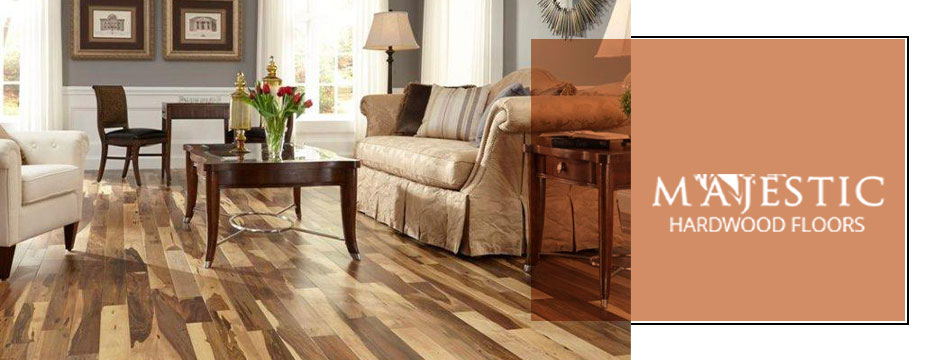
Considerations for Choosing the Best Wood Floor Color
- Room Size and Natural Light
The size of a room and the amount of natural light it receives are crucial factors when selecting a wood floor color. In smaller spaces, lighter tones can create the illusion of more space and openness. Darker tones, while luxurious, may make a small room feel cramped. Similarly, rooms with ample natural light can accommodate a wider range of wood floor colors, while darker spaces may benefit from lighter hues to maximize brightness.
- Existing Decor and Design Style
Harmonizing the wood floor color with existing decor and the overall design style of the home is essential for a cohesive look. Consider the color palette of walls, furniture, and accessories when choosing the wood floor color. Neutral tones often provide flexibility, allowing for a seamless integration with various design styles, while bolder choices may require more intentional coordination with decor elements.
- Maintenance and Wear
Different wood floor colors may have varying levels of visibility when it comes to scratches, dents, and wear. Lighter tones tend to hide imperfections better than darker ones. Consider the level of maintenance you are willing to undertake and choose a wood floor color that aligns with your preferences and lifestyle.
- Regional Preferences
It’s worth noting that regional preferences can influence the perceived desirability of certain wood floor colors. While neutral tones are generally popular nationwide, specific regions may have preferences for warmer or cooler color palettes. Understanding local market trends can provide valuable insights into what potential buyers in a particular area may find appealing.
Conclusion
In the quest to enhance resale value, the color of your wood floors can be a powerful tool. By choosing a wood floor color that aligns with current trends, buyer preferences, and the overall aesthetic of your home, you can create a compelling and attractive space for potential buyers. Neutral tones offer timeless elegance, warm colors exude classic charm, dark tones provide modern sophistication, and gray tones offer contemporary appeal.
As you navigate the decision-making process, consider the size and lighting of each room, the existing decor, and the level of maintenance you’re comfortable with. By carefully selecting the best wood floor color for resale, you’re not just enhancing the visual appeal of your home; you’re also making a strategic investment in its marketability. Whether you opt for a classic neutral or a bold statement color, the right wood floor can set the stage for a successful and profitable home sale.
Recent Posts
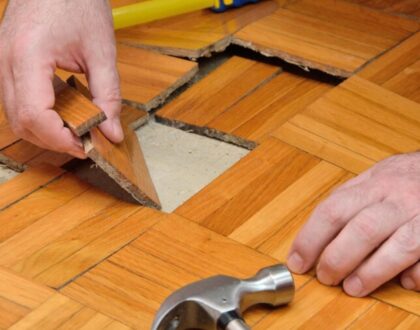
Expert Hardwood Repair Services at Your Fingertips
May 28, 2024

